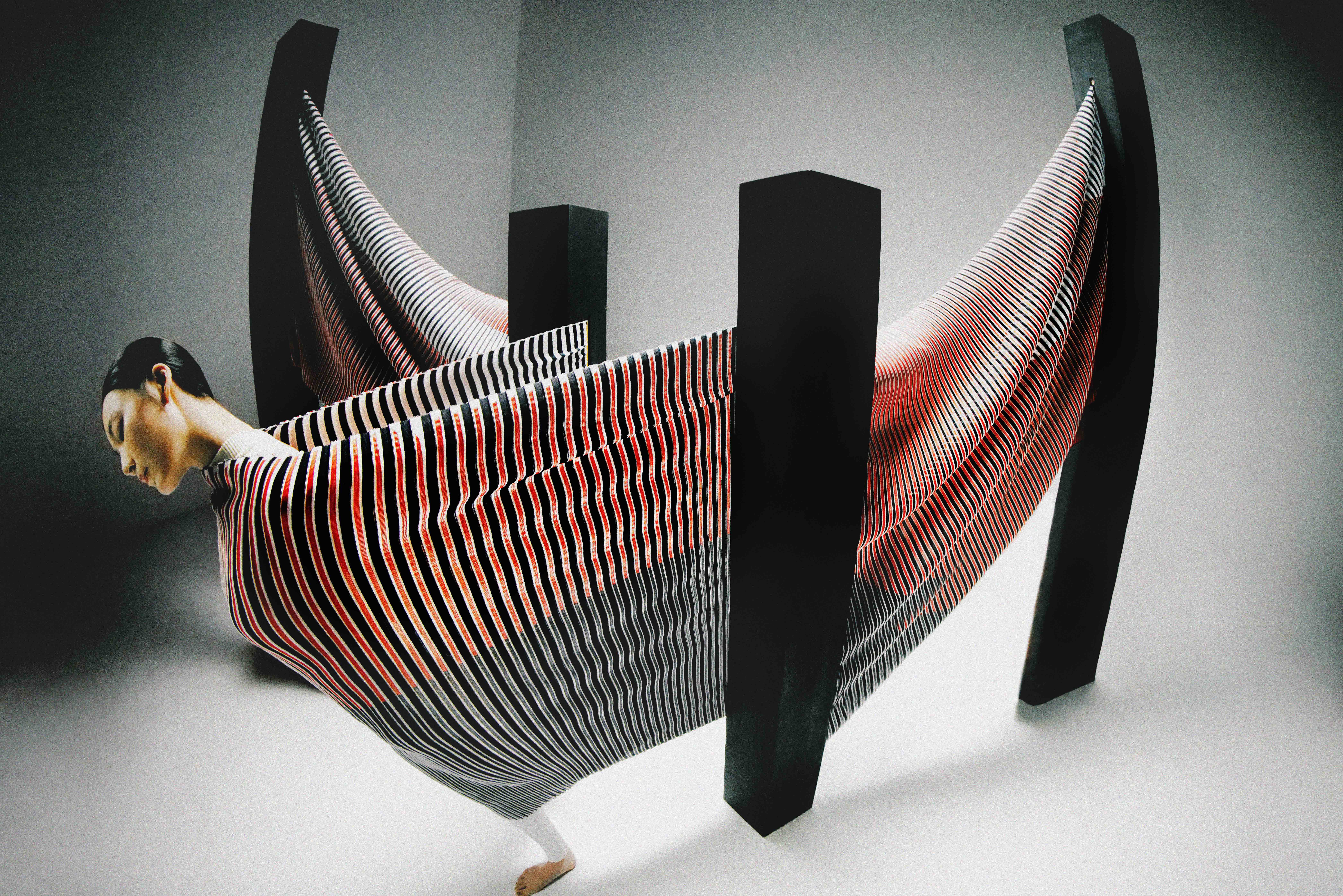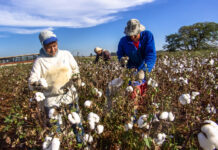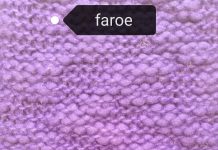New York City
AligiKnit, the New York based biomaterials research group is on a mission to rescue the planet from the enormously harmful effects of the fashion industry. They have developed a compostable yarn from kelp, which can be knit into zero-waste, fully-fashioned garments or transformed into a textile for applications in footwear.
Among their many achievements, they’ve been keynote speakers at MAGIC, invited to exhibit at The Clinton Global Initiative, are winners of the National Geographic “Chasing Genius” award and are grant recipients from the London-based RebelBio Accelerator program.
Wendy Friedman sat down with co-founder and F.I.T Professor Asta Skocir to learn more about AlgiKnit’s plans for becoming leaders in sustainable manufacturing.
How did AlgiKnit get started?
AlgiKnit grew out of BioEsters, the winning concept presented at the first Biodesign Challenge in 2016 where students competed to come up with innovative biological design ideas that could have a positive impact on the planet. As the winning team representing F.I.T, the school helped support our research going forward, enabling us to launch our company. AlgiKnit is ultimately a collaboration between scientists and designers.

Tell us a little bit about your initial research and development. What were some of your frustrations and successes?
The product evolved quite a bit from our initial trials. We started by experimenting with a range of biopolymers like chitin, microbial cellulose and agar. We then tried working with sheets of microbial leather. Being a knitwear designer, I tried different techniques like embossing it with a knit pattern to create a more interesting material and cutting it into continuous strips so it could be knit but we discovered that the sheets didn’t perform well as a textile so we had to rethink what we were doing.
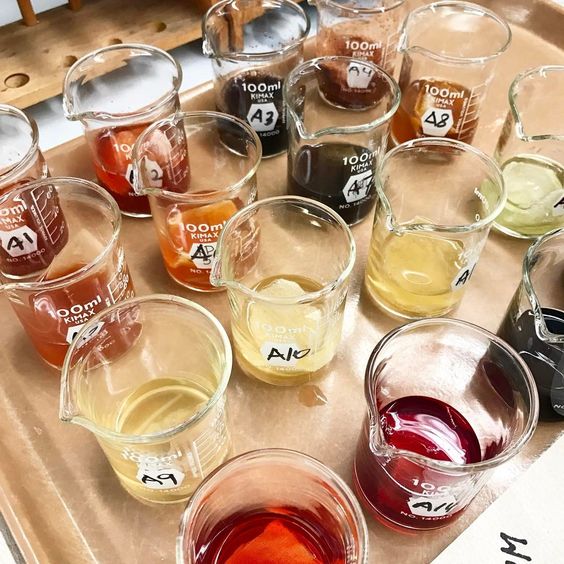
We eventually switched to creating a filament yarn. Our original formula produced a fibre that turned our knit swatches into something comparable to dried ramen noodles after being exposed to air so we had to keep reformulating our process and materials to finally get a fibre that doesn’t dehydrate, maintains its shape and has good tensile strength.
What is the process for making the filament?
We extract a polymer from kelp, one of the ingredients used to make our bioyarn. We then create a hydrogel and extrude the gel into a curing bath which crosslinks the polymer chains and creates a filament. From there we wind it and put it onto cones. The resulting bioyarn has similar properties to that of a polyester fibre.
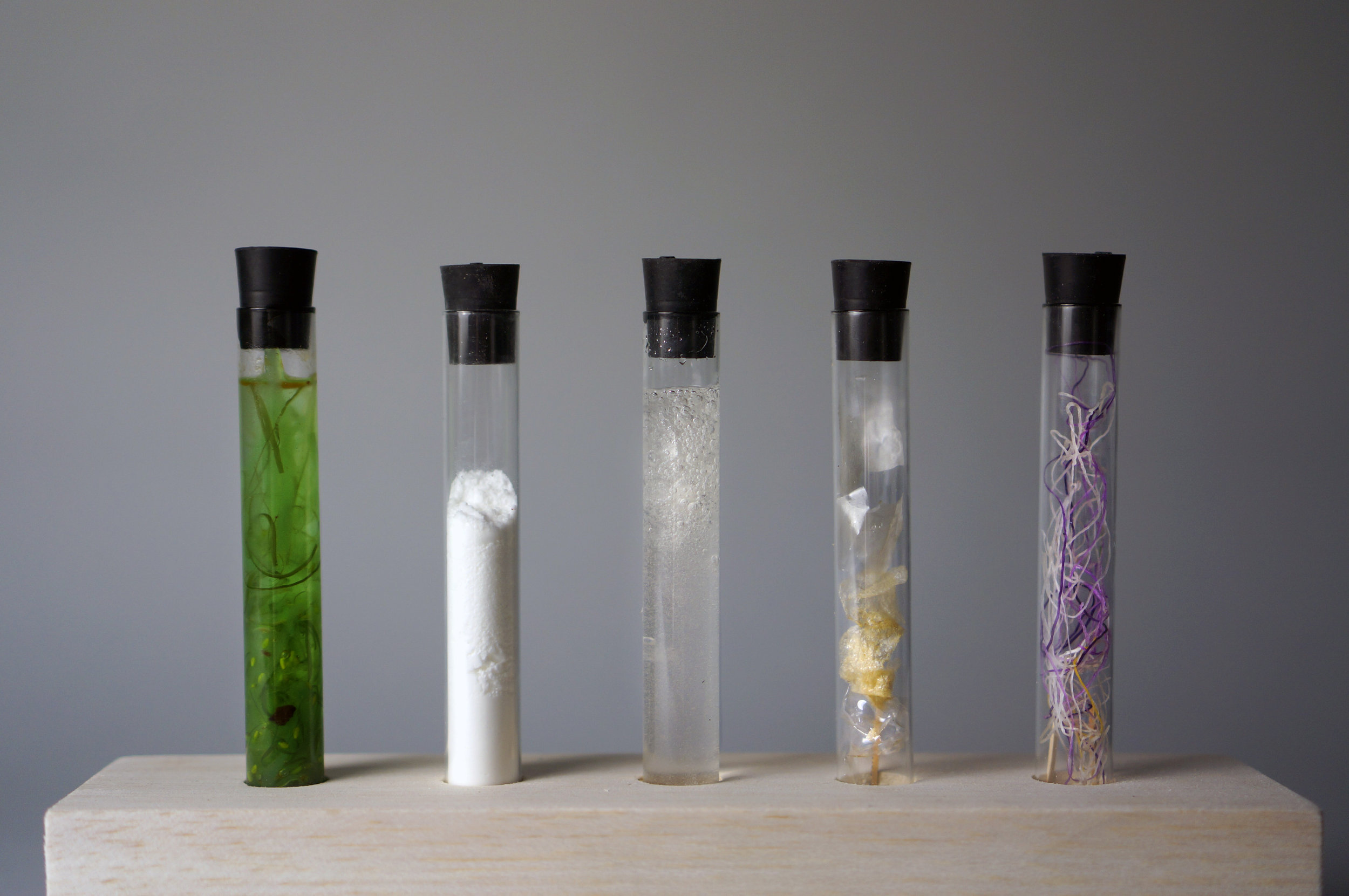
How strong is your bioyarn compared to other fibres?
Our initial findings show that it’s stronger than both cotton and wool. A single monofilament is 4x stronger than the 10/2 plied cotton yarn we compared it to. We have several iterations of our filament now; one of the bioyarns has similar tensile strength to a nylon monofilament.
So why kelp? How do garments made from it contribute to waste reduction?
Kelp is one of the fastest growing organisms on earth. It is readily available, rapidly renewable, easy to harvest and completely biodegradable. Kelp also absorbs CO2 providing a critical buffer against the effects of climate change and can process agricultural fertilizer runoff preventing sea life habitats from being destroyed.
By knitting the material instead of weaving it we are able to fully-fashion a garment or “knit to shape” which supports making a zero-waste product. Essentially, we envisioned a closed-loop cycle, using materials that generate very little wastage and that would decompose at the end of a product’s natural lifecycle vs. using a material, which would end up in a landfill and whose life in that landfill would far exceed its useful life as a product.
Does kelp easily decompose?
Garments made from our bioyarn are completely biodegradable and would decompose fairly rapidly in the proper microbial environment.
Tell us what garments you’ve made so far with your bioyarn.
We created a fully-fashioned hand knit tank top, which was unveiled at the first TED x FIT event in October 2017. Since then we’ve been able to refine the product by developing finer yarn sizes; one of which has a beautiful, low-lustre sheen to it. The material is all-natural, so even though it may have similar properties to polyester, it’s a totally breathable fibre.
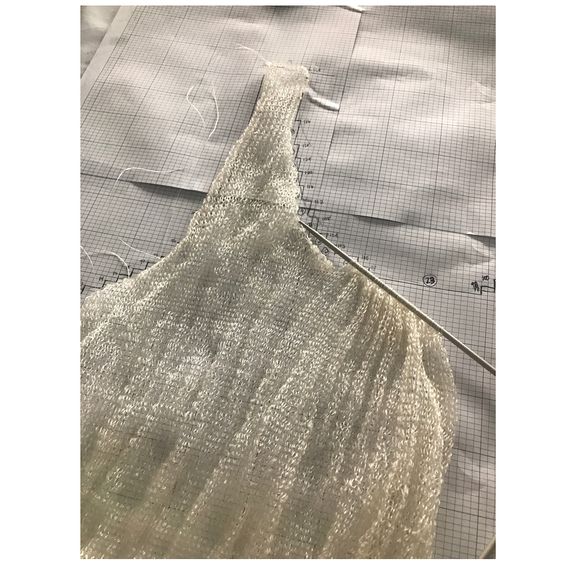
Since you want to use your bioyarn for fashion, will it come in colours?
Our yarn takes colour beautifully! It readily absorbs natural pigment, which we can incorporate directly into the biopolymer paste before extrusion. This helps us avoid the large water demands and toxicity of synthetic dye processes typically used in the industry.
The team is currently participating in the 3-month long RebelBio Accelerator program; what are you learning and how will the experience help you going forward?
Being part of RebelBio has been amazing in terms of gaining exposure to an international audience and also for connecting us to other companies who are change-makers in this space. The more exposure we get, the more easily interested groups can find us and help us achieve our goals. Winning these competitions is like moving forward on steroids!
We’ve already started pitching our material to various companies and are exploring partnerships with manufacturers so that we can scale our material for production.
We’ve also been testing out some new technologies and non-traditional spinning and plying techniques that the team is learning about while participating in the program. For example, we are exploring electro-spinning our hydrogel and extruding it through a 3D gel printer.
We would also like to take our performance sneaker prototype Algikicks and make it a fully biodegradable kelp-based product using our bioyarn to make machine knit uppers and utilizing Algiknit’s moldable materials to create a 3D printed support and sole.
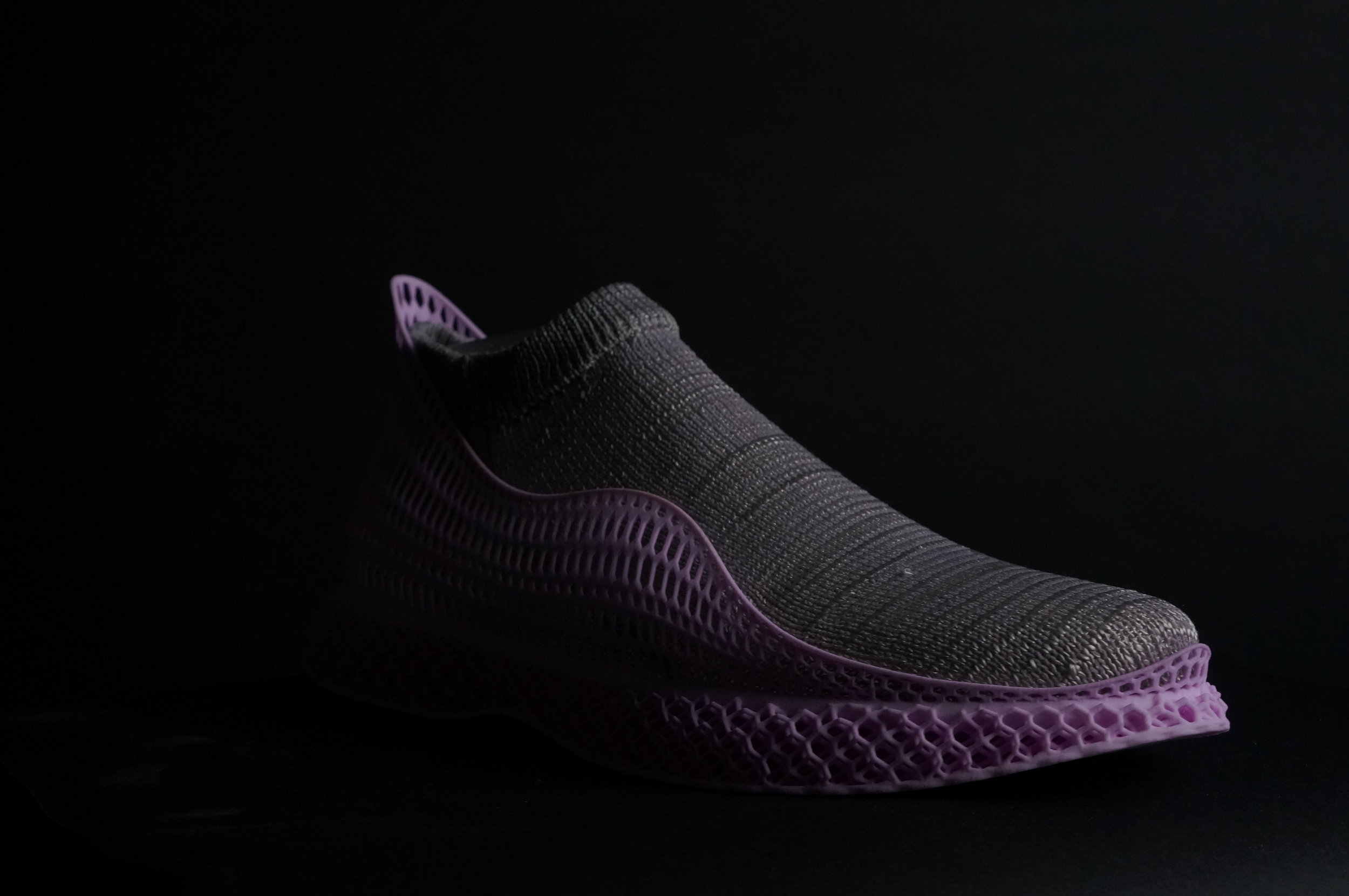
What is the ultimate goal for AlgiKnit and what will it take to get you there?
The ultimate goal is to scale our material to the point where it can be tested and knit on an industrial knitting machine. I’d love to see it replace polyester altogether and through more R&D we think we can make something other than a monofilament to give wool a run for its money as well. I’d love to see Stella McCartney use our yarn.
Getting there really comes down to time and money to continue our research. We’ve been invited to speak at a lot of conferences, which definitely helps to increase awareness about our company. We recently presented at Plug & Play-Fashion for Good in Amsterdam, Design Indaba in Cape Town and will soon be talking at Clustermarket’s – Science Entrepreneur Club at an event called “How to Build Next Generation Life Science Companies.”
We think we have something important to say and people seem to be listening so we’re going to stay focused and keep pushing ahead.

Subscribe To Our Newsletter
Join our mailing list to receive the latest news and updates from our team.


